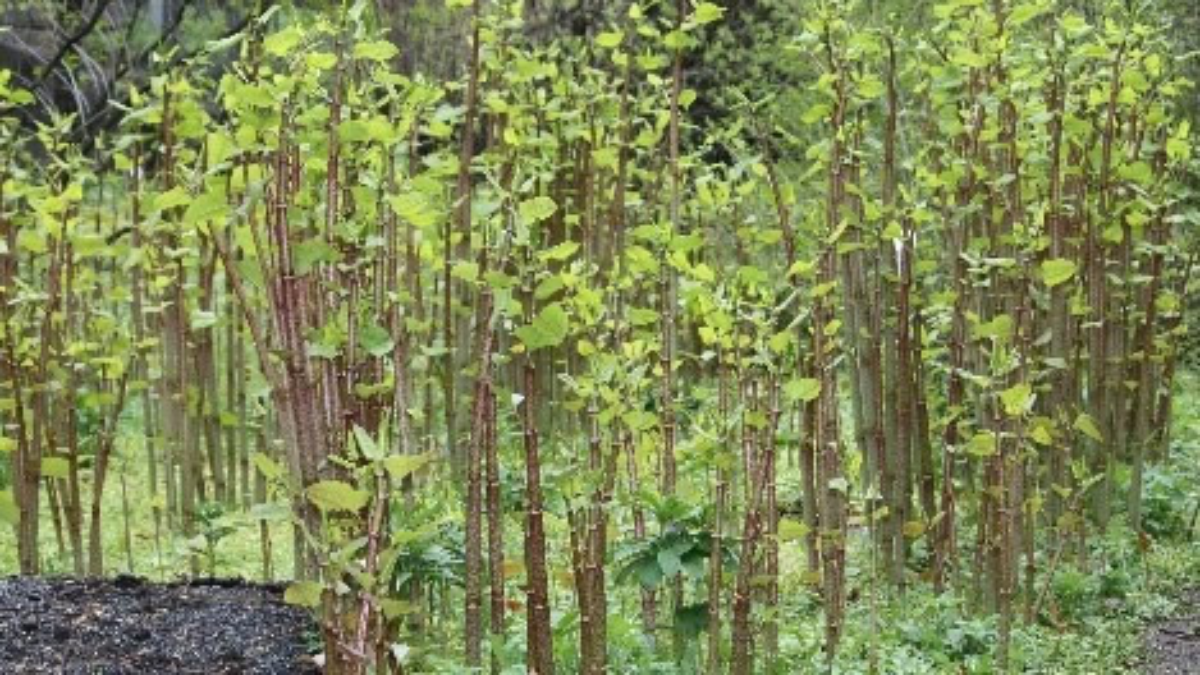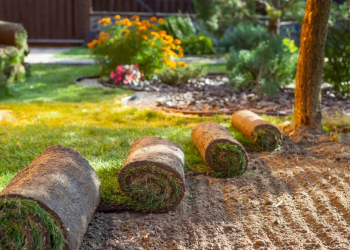
One of the most harmful and obtrusive weeds is the Japanese knotweed. Unfortunately, this plant has a reputation for damaging properties and if you have it in your yard, you need to get rid of it asap. We will now look at a couple of options that you can choose form.
Non-Chemical
You can remove Japanese knotweed plants by digging them out, however, they will regrow because the rhizomes would still be present due to the depth in which they grow. Also, you would run into problems disposing the uprooted knotweed because they are a controlled waste. This is stated in the Environmental Protection Act 1990. As a result, you can only dispose of these plants in specifically licensed landfills. It is best to hire a Japanese knotweed contractor who can properly and safely remove as well as dispose of the weeds. With that said, you’ll need to ensure that the contractor is properly licensed before hiring them.
Another possibility is that you can have the weed destroyed where they are. First, they will need to be dried and then burned. Make sure that you never place any Japanese knotweed inside of green collection bins or in your typical home’s waste bins.
If you choose to dig out these weeds, you have to try and dig out all of the roots or at least most of them. Then, you’ll have to work to continuously get rid of regrowth. This will cause the energy reserves of the deeper roots to reduce and eventually become unable to regrow. However, this entire process will take multiple seasons.
Biological
There are biological controls that can be used to control this invasive weed in the UK. For example, psyllid is a plant sucker that is currently being tested but is not available for sale to the public. With that said, once the tests are complete and successful, they will become available in the next 5 – 10 years according to Japanese knotweed specialists we asked at Environet.
Chemical
One of the easiest ways to kill Japanese knotweed plants for good is through chemical removal and in particular, by using a glyphosate based weedicide. One great and effective product you can use is Scotts Roundup Tree Stump and Rootkiller. Be sure to read the instructions as it states that it has to be used on cut canes of the Japanese knotweed plant. You can use other chemical products to get rid of this weed. Once they contain glyphosate, they can be used.
When the glyphosate based weed killer is used on the weed, it spreads from the foliage to the roots as well as other hidden underground parts. If you want to have better access, make sure that you cut off the old stems. It is best to use these weed killers during the end of the summer when the plant is in its flowering stage. However, the only issue is that Japanese knotweed tend to be difficult to spray since they are typically around 7 feet tall during this season.
So, it is better to spray during May or when the plant is only around 3 feet. It will likely still have a bit of regrowth so you’ll need to re-apply during the summer months. Then, check the area in September and if you notice that there is more re-growth, make sure that you spray it once again. Keep checking regularly and once there is re-growth, make sure to spray. This is a continuous process.
When you’re spraying the weed killer on the Japanese knotweed plants, you need to be careful so that you don’t accidentally spray other plants in your garden. The regrowth of the Japanese knotweed plant is a bit different than its initial appearance and it would look like a bush with small leaves that is between 20 inches to 3 feet high. However, even though the regrowth looks different, you need to spray it. When using chemicals to get rid of this weed, it will typically take around 3 to 4 seasons to permanently get rid of it. With that said, you can hire a professional contractor to chemically kill this weed since they have access to more effective weed killers and would be able to completely get rid of the weed in less time.
Residual
Lastly, you can also use residual weed killers to get rid of Japanese knotweed. Unfortunately, even though this product can help to control the growth, it won’t be able to completely get rid of this stubborn weed.







